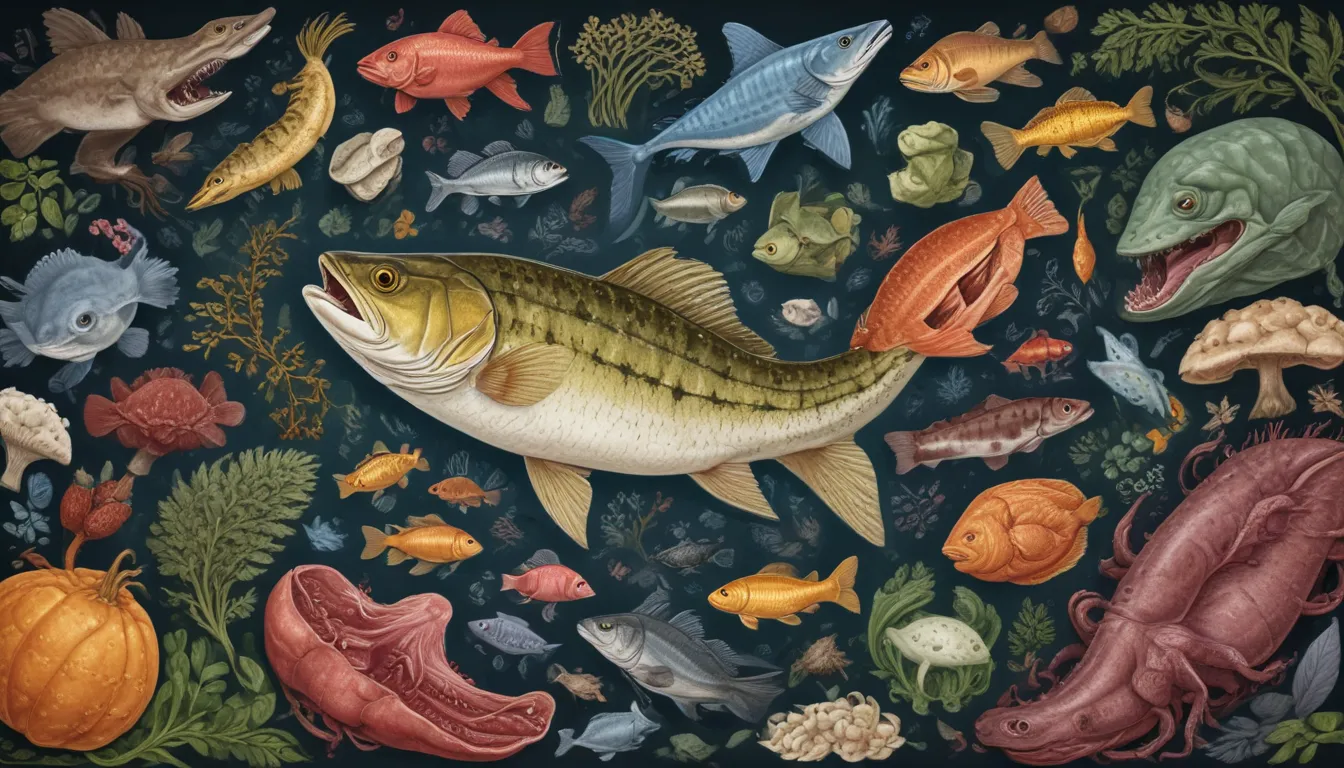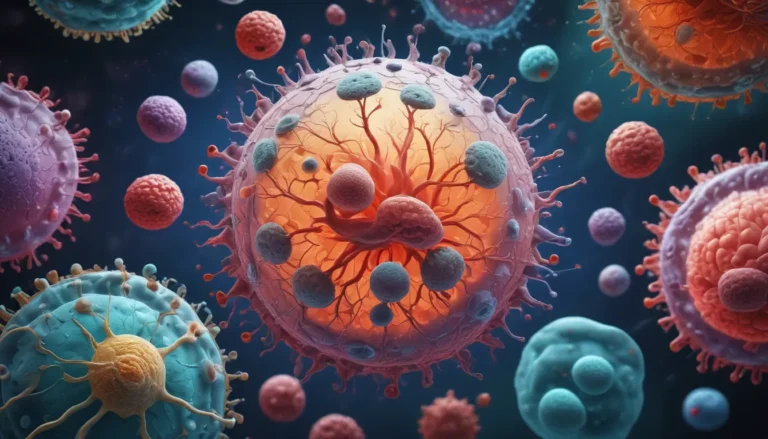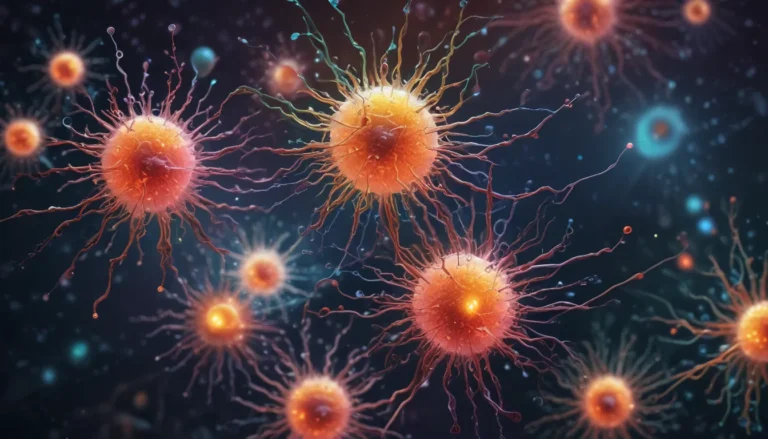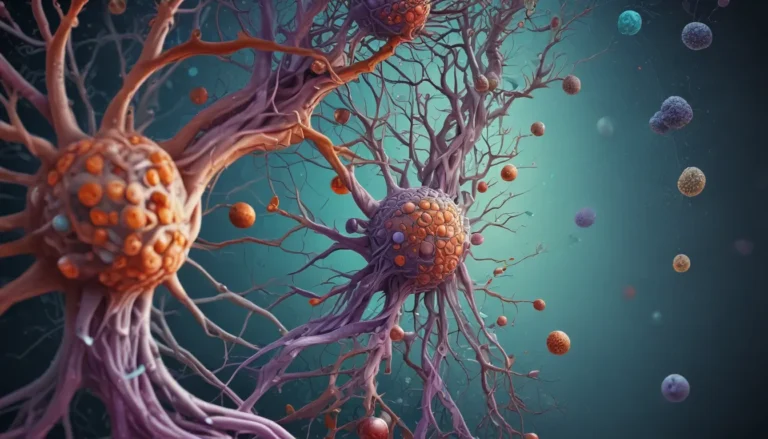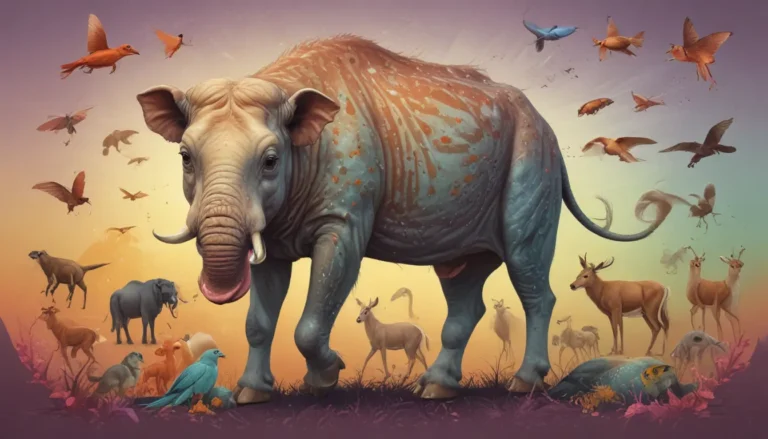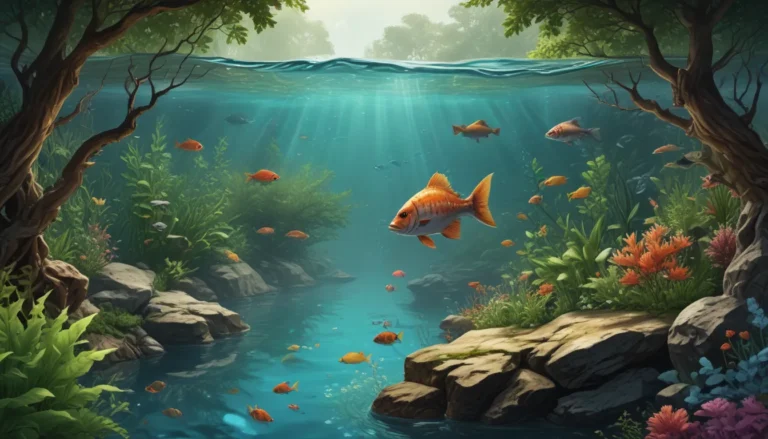A Note About Images: The images used in our articles are for illustration purposes only and may not exactly match the content. They are meant to engage readers, but the text should be relied upon for accurate information.
Welcome to the intricate world of food webs, where every organism plays a crucial role in maintaining the delicate balance of nature’s design. From the tiniest microorganisms to the largest predators, each piece fits together like a giant puzzle, creating a web of life that sustains our planet. In this article, we will delve into nine unbelievable facts about food webs that will leave you in awe of the interconnectedness of all living beings. Get ready to be inspired and amazed by the wonders of nature’s complex web.
The Complexity of Interconnections
The food web is a complex network of interconnections among organisms within an ecosystem. Through a series of predator-prey relationships, energy and nutrients are transferred from one organism to another, creating a delicate balance in nature. Each organism in the web has a specific role to play, contributing to the overall stability and functioning of the ecosystem.
Everything is Connected
One of the most fascinating aspects of the food web is that everything is connected. Every plant, animal, and microorganism in the ecosystem plays a vital role in sustaining the web. A disturbance in one part of the food web can have far-reaching effects, causing ripple effects throughout the entire system. This interconnectedness highlights the importance of each organism in maintaining the balance of nature.
Top Predators are Crucial
Top predators, such as apex predators and keystone species, are essential for maintaining the health and diversity of a food web. Their presence helps regulate the populations of other organisms, preventing one species from dominating the ecosystem. Without these top predators, the delicate balance of the food web can be disrupted, leading to cascading effects throughout the entire ecosystem.
Energy Flow through Trophic Levels
The energy flow through trophic levels in a food web is inefficient, with only a small fraction of energy transferred from one level to the next. This inefficiency is due to metabolic processes and energy loss in the form of heat. As a result, there is a decrease in available energy as you move up the food chain, highlighting the challenges of sustaining energy flow within the ecosystem.
Foundation Species Shape the Food Web
Foundation species, such as plants or algae, form the base of the food web, providing food and habitat for other organisms. They play a crucial role in shaping the structure and dynamics of the entire ecosystem. Without these foundation species, the food web would collapse, emphasizing the importance of these key organisms in maintaining ecosystem health.
Interactions Can be Surprising
The interactions within a food web can sometimes be surprising, showcasing the complexity and interconnected nature of the ecosystem. For example, certain predators may indirectly benefit plant species by preying on herbivorous animals that would otherwise eat those plants. These indirect relationships highlight the intricate web of connections and relationships that exist within the ecosystem.
Invasive Species Disrupt the Balance
Introducing invasive species to an ecosystem can have detrimental effects on the food web. These non-native species often lack natural predators, allowing their populations to explode and disrupt the delicate balance of the ecosystem. This disruption can lead to the decline or extinction of native species, creating a cascade effect that impacts the entire food web.
Climate Change Impacts the Food Web
Climate change is significantly impacting food webs worldwide, altering the distribution and abundance of organisms within ecosystems. Rising temperatures, changing precipitation patterns, and other environmental factors can disrupt the balance of the food web, leading to far-reaching consequences for ecosystem stability and functioning. Understanding and addressing these impacts is crucial for protecting the health of our ecosystems.
Human Activities Influence the Food Web
Human activities, such as habitat destruction, pollution, and overfishing, have profound effects on the food web. By altering the natural environment and removing key species, humans disrupt the delicate balance of the ecosystem, potentially leading to the collapse of the food web. Conservation efforts are essential to safeguarding the intricate web of life that sustains our planet.
Conclusion
In conclusion, the food web is a complex and fascinating system that showcases the interconnectedness of all living organisms. Through its intricate connections and relationships, the food web highlights the delicate balance and interdependency of life on Earth. By understanding the factors that influence the food web, we can make informed decisions to protect and preserve our ecosystems for future generations. Let’s appreciate the wonders of nature’s design and work together to ensure the health and sustainability of our planet.
FAQs
Q: What is a food web?
A: A food web is a complex network of interrelated food chains that depicts the flow of energy and nutrients among different organisms in an ecosystem.
Q: What is the difference between a food chain and a food web?
A: A food chain is a linear representation of the flow of energy from one organism to another, while a food web is a more comprehensive depiction of multiple interconnected food chains within an ecosystem.
Q: What is the significance of the food web?
A: The food web is crucial for maintaining the balance and stability of ecosystems. It demonstrates the interdependency of organisms and helps us understand the consequences of disruptions in the web due to environmental changes or human interference.
Q: How do organisms in a food web interact?
A: Organisms in a food web interact through predation, herbivory, and scavenging. Some organisms act as consumers, while others serve as producers or decomposers, ensuring the transfer of energy and nutrients throughout the web.
Q: Can a food web exist without decomposers?
A: No, a food web cannot exist without decomposers. Decomposers play a crucial role in breaking down dead organisms and organic matter, recycling nutrients back into the ecosystem for other organisms to use.
Unraveling food webs’ complexities merely scratches the surface. Intriguing facts about their intricate connections await your discovery. Community ecology holds extraordinary secrets that shape our ecosystems. Trophic levels’ enigmatic nature plays a crucial role in maintaining life’s delicate balance. Satisfy your curiosity and expand your knowledge by exploring these captivating topics further.
Was this page helpful?
Our commitment to delivering trustworthy and engaging content is at the heart of what we do. Each fact on our site is contributed by real users like you, bringing a wealth of diverse insights and information. To ensure the highest standards of accuracy and reliability, our dedicated editors meticulously review each submission. This process guarantees that the facts we share are not only fascinating but also credible. Trust in our commitment to quality and authenticity as you explore and learn with us.
